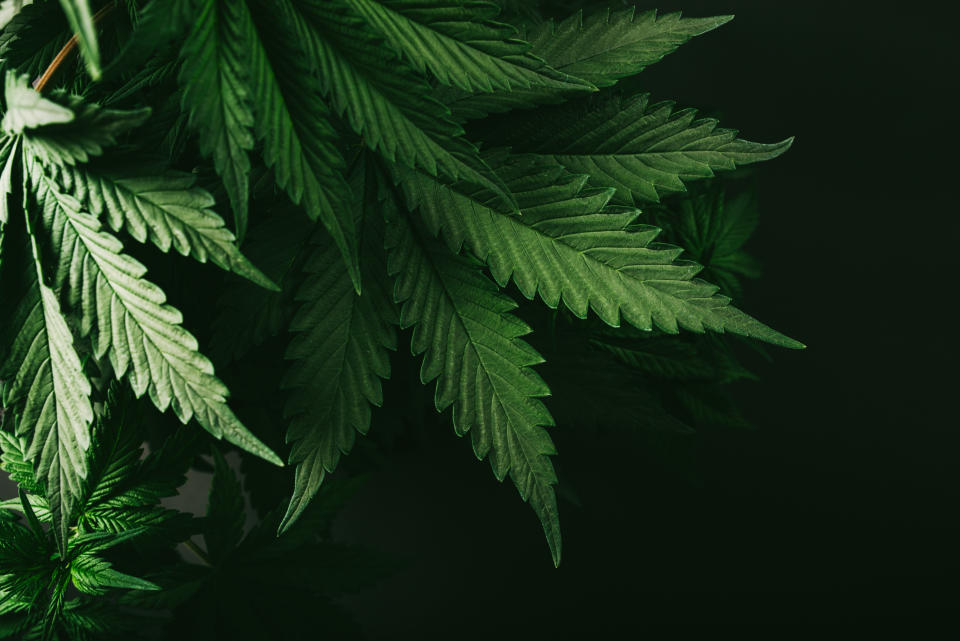Cannabis smoking ‘began thousands of years ago in ancient China’

Many anti-drug campaigners like to portray drug use as a scourge of the modern age - but people were actually smoking cannabis in the first millennium BC.
An ancient tomb in the Himalayas shows the first evidence of the recreational use of marijuana - from at least 2,500BC.
Wooden incense burners at the site showed traces of THC - the psychoactive chemical in cannabis.
The smoke would have got mourners high during funeral rituals, say scientists - and the prehistoric people were deliberately selecting ‘strong’ weed.
Read more from Yahoo News UK:
Emergency worker at Newham hospital stabbed repeatedly
Donald Trump accidentally reveals plans for Mexican migrants
Pictured: British students from Bolivian death crash
Co-author Professor Nicole Boivin, director of the Max Planck Institute for the Science of Human History in Germany, said: ‘The findings support the idea cannabis plants were first used for their psychoactive compounds in the mountainous regions of eastern Central Asia, thereafter spreading to other regions of the world.’
Cannabis was used as a herbal remedy - but little was known about how it became one of the most widely used mind-altering drugs in the world today.
The study, published in the journal Science Advances, shows prehistoric people at the Jirzankal Cemetery in the eastern Pamirs were deliberately selecting the most powerful plants.
It used a scanning technique called gas chromatography-mass spectrometry to isolate and identify compounds preserved in the burners.
To the international team's surprise, these were an exact match to the chemical signature of cannabis.
Prof Boivin said: ‘Given the modern political climate surrounding the use of cannabis, archaeological studies like this can help us to understand the origins of contemporary cultural practice and belief structures - which, in turn, can inform policy.’

 Yahoo Finance
Yahoo Finance 
